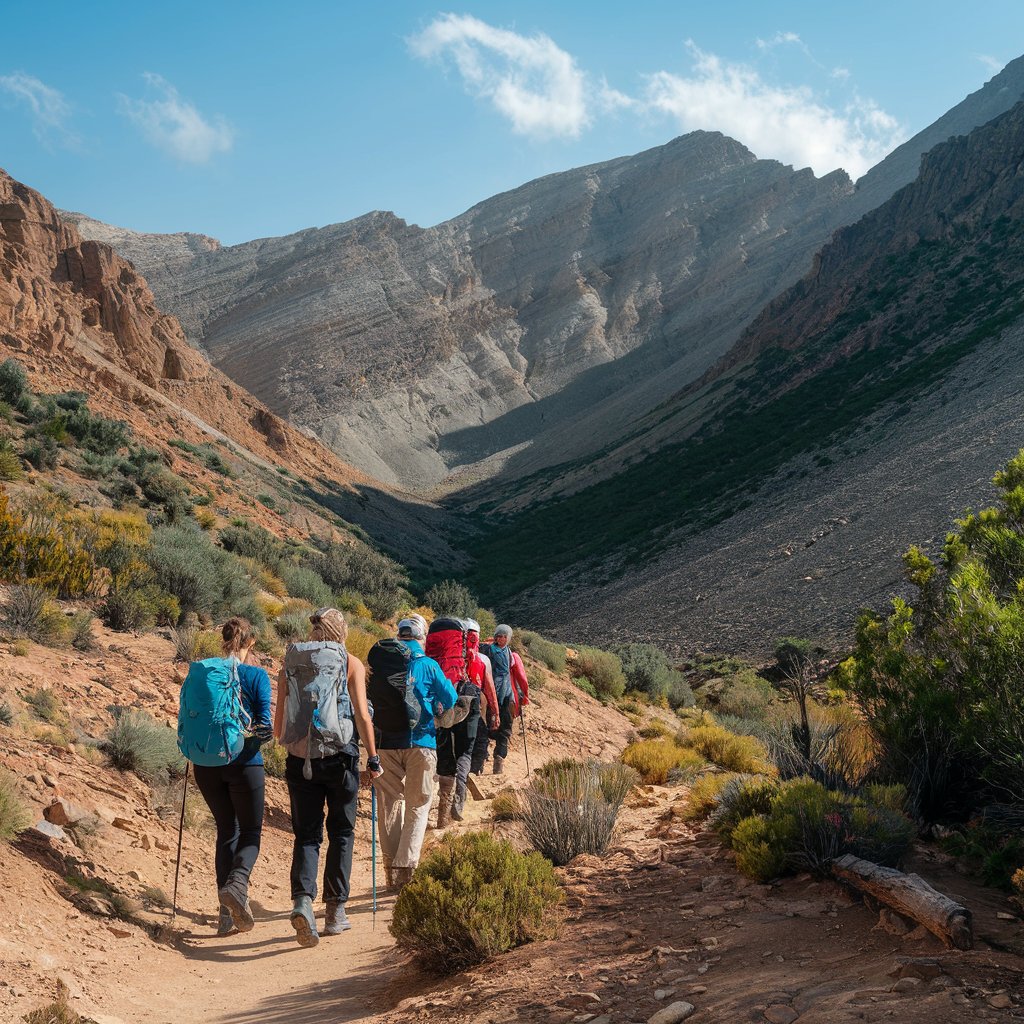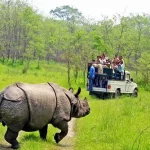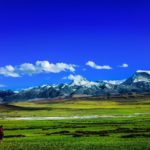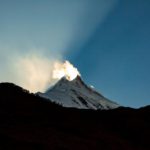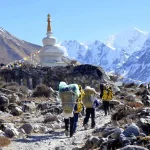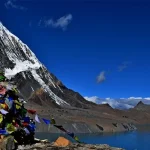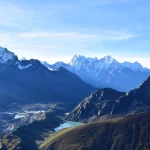Introduction
Why Nepal? The Ultimate Trekking Destination
Ever dreamed of exploring the majestic Himalayas? Nepal, with its breathtaking mountain landscapes, rich culture, and friendly people, offers an unforgettable trekking experience. Whether you’re a seasoned hiker or a beginner looking to challenge yourself, Nepal has something to offer everyone.
Table of Contents
Benefits of Nepal Trekking
Trekking in Nepal isn’t just about physical activity; it’s also a journey of personal growth and discovery. Here are some of the many benefits of embarking on a Nepal trek:
- Physical fitness: Improve your cardiovascular health, strength, and endurance.
- Mental well-being: Reduce stress, boost your mood, and enhance your overall mental health.
- Cultural immersion: Experience the unique culture and traditions of Nepal.
- Personal growth: Discover your limits and push yourself beyond your comfort zone.
- Unforgettable memories: Create lasting memories that will stay with you forever.
So, if you’re ready to embark on an adventure of a lifetime, Nepal is the perfect destination.
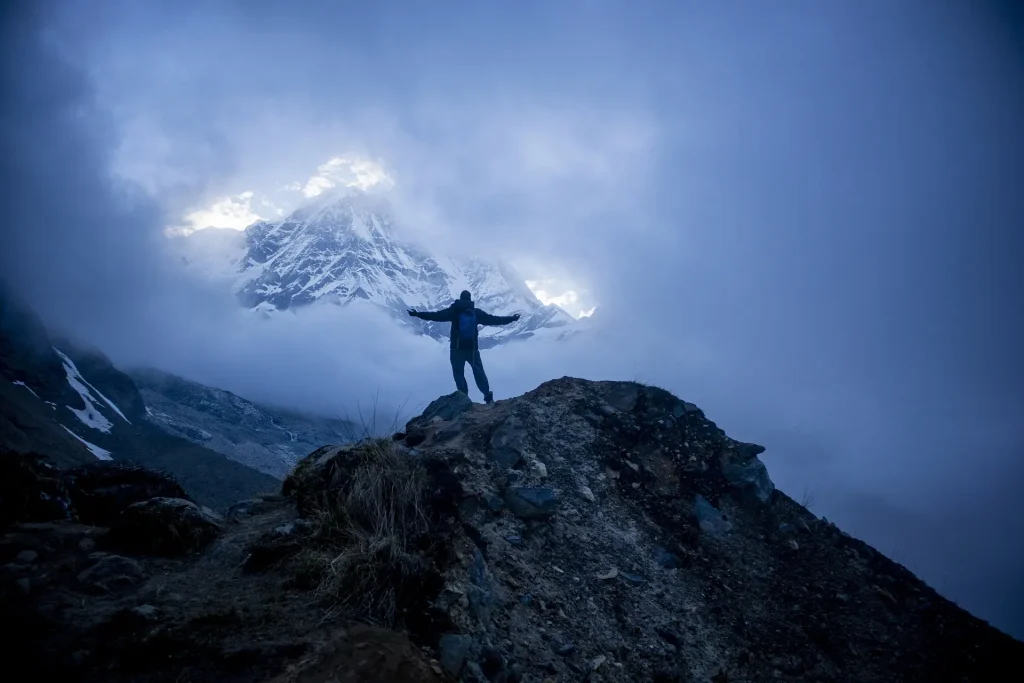
Physical Preparation
Building a Strong Foundation for Your Nepal Trek
Before you embark on your Nepal adventure, it’s essential to prepare your body for the physical demands of trekking. A strong foundation will help you enjoy your trek and minimize the risk of injuries.
Cardio Training: Get Your Heart Pumping
Cardiovascular fitness is crucial for trekking in Nepal. Regular cardio exercises will help improve your endurance and stamina. Here are some effective options:
- Running: A great way to increase your cardiovascular fitness and build lower body strength.
- Cycling: A low-impact option that is suitable for people of all fitness levels.
- Swimming: A full-body workout that is easy on the joints.
- Hiking: Start with shorter hikes and gradually increase the distance and elevation gain.
Aim for at least 30 minutes of moderate-intensity cardio exercise most days of the week.
Strength Training: Build Muscle for Endurance
Strength training will help you build the muscles you need for trekking. Incorporate strength training exercises into your workout routine to improve your endurance and reduce fatigue. Here are some effective exercises:
- Squats: Work your quadriceps, hamstrings, and glutes.
- Lunges: Target your quadriceps, hamstrings, and glutes.
- Plank: Strengthen your core muscles.
- Push-ups: Work your chest, shoulders, and triceps.
- Pull-ups: Strengthen your back and biceps.
Aim for 2-3 strength training sessions per week.
Flexibility and Mobility: Improve Your Range of Motion
Good flexibility and mobility are essential for preventing injuries and enjoying a comfortable trek. Incorporate flexibility and mobility exercises into your workout routine. Here are some effective options:
- Yoga: A great way to improve your flexibility, balance, and coordination.
- Stretching: Hold each stretch for 30 seconds to 1 minute.
- Mobility drills: Focus on improving your range of motion in your hips, ankles, and shoulders.
Aim for at least 10-15 minutes of flexibility and mobility exercises each day.
Endurance Training: Increase Your Stamina
To prepare for the long days of trekking in Nepal, you’ll need to build your endurance. Gradually increase the duration and intensity of your workouts. Here are some tips:
- Backpacking: Start with shorter day hikes and gradually increase the distance and weight of your backpack.
- Interval training: Alternate between high-intensity and low-intensity intervals.
- Hill training: Incorporate hills into your workouts to prepare for the steep ascents and descents you’ll encounter on the trail.
Remember to listen to your body and avoid overtraining.
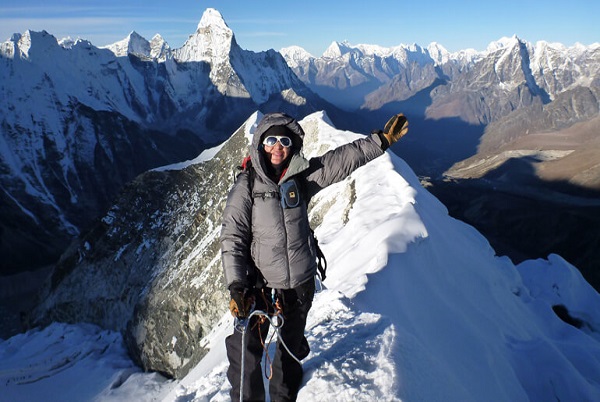
Mental Preparation for Nepal trek
Mind Over Matter: Preparing Mentally for Your Nepal Trek
While physical fitness is essential for a successful Nepal trek, mental preparation is equally important. A positive mindset can help you overcome challenges and enjoy the experience to the fullest.
Setting Realistic Goals: A Step-by-Step Guide
Setting realistic goals can help you stay motivated and focused throughout your trek. Here’s a step-by-step guide to setting effective goals:
- Identify your motivations: What are your reasons for trekking in Nepal?
- Set specific goals: Be clear about what you want to achieve.
- Make your goals measurable: How will you know if you’ve achieved your goals?
- Set achievable goals: Ensure your goals are realistic and attainable.
- Set relevant goals: Your goals should align with your overall trekking experience.
- Set time-bound goals: Give yourself a deadline to achieve your goals.
Overcoming Fear: Tips for a Positive Mindset
It’s natural to feel nervous or scared before a challenging adventure like trekking in Nepal. However, with the right mindset, you can overcome fear and enjoy the experience. Here are some tips:
- Challenge negative thoughts: Replace negative thoughts with positive affirmations.
- Focus on the present moment: Don’t dwell on the past or worry about the future.
- Practice mindfulness: Pay attention to your thoughts and feelings without judgment.
- Visualize success: Imagine yourself successfully completing your trek.
- Seek support: Talk to friends, family, or a mental health professional if you’re struggling with anxiety or fear.
By preparing mentally for your Nepal trek, you’ll be better equipped to overcome challenges and enjoy a fulfilling experience.
Gear and Packing
Essential Gear for Your Nepal Trek: A Comprehensive List
Having the right gear is essential for a comfortable and safe Nepal trek. Here’s a list of essential items to pack:
- Backpack: Choose a backpack that is the right size for your trip and can comfortably carry your gear.
- Trekking boots: Invest in a pair of sturdy and comfortable trekking boots with good ankle support.
- Sleeping bag: A lightweight and durable sleeping bag is essential for staying warm at night.
- Tent: If you’re planning to camp, a lightweight and waterproof tent is necessary.
- Sleeping pad: A comfortable sleeping pad will help you get a good night’s sleep.
- Clothing: Pack layers of warm, waterproof, and breathable clothing.
- Rain jacket and pants: Be prepared for unpredictable weather with a waterproof jacket and pants.
- Hat and gloves: Protect yourself from the cold with a hat and gloves.
- Sunglasses: Protect your eyes from the sun and glare.
- First aid kit: A basic first aid kit is essential for treating minor injuries.
- Headlamp: A headlamp is essential for navigating in low-light conditions.
- Trekking poles: Trekking poles can help reduce strain on your knees and ankles.
- Water bottles or hydration pack: Stay hydrated with water bottles or a hydration pack.
- Food: Pack enough food to sustain you throughout your trek.
- Personal items: Don’t forget to pack essential personal items like toiletries, medications, and a camera.
Packing Tips: Travel Light and Smart
- Pack light: The lighter your backpack, the easier it will be to carry.
- Organize your gear: Keep your backpack organized to find what you need quickly.
- Pack layers: Pack layers of clothing so you can adjust to changing temperatures.
- Bring a waterproof bag: Protect your electronics and valuables from rain and moisture.
- Leave unnecessary items behind: Only pack the essentials to avoid unnecessary weight.
By packing wisely, you can ensure a comfortable and enjoyable trekking experience in Nepal.
Nutrition and Hydration
Fueling Your Body for Adventure: Essential Nutrition Tips
Proper nutrition is essential for maintaining energy levels and supporting your body during a Nepal trek. Here are some essential nutrition tips:
- Eat a balanced diet: Consume a variety of foods from all food groups, including carbohydrates, proteins, fats, fruits, vegetables, and dairy.
- Stay hydrated: Drink plenty of water throughout the day, even if you don’t feel thirsty.
- Eat regularly: Avoid skipping meals to maintain your energy levels.
- Pack nutrient-dense snacks: Bring along healthy snacks like nuts, seeds, dried fruits, and energy bars.
- Consider electrolyte supplements: If you’re sweating heavily, consider taking electrolyte supplements to replenish lost minerals.
- Eat a hearty breakfast: A nutritious breakfast will provide you with energy for the day ahead.
- Refuel after your trek: Replenish your energy stores with a balanced meal after each day’s trek.
Stay Hydrated: The Importance of Drinking Water
Dehydration can be a serious problem during a Nepal trek, so it’s essential to stay hydrated. Drink plenty of water throughout the day, even if you don’t feel thirsty. Here are some tips for staying hydrated:
- Carry a water bottle or hydration pack: Always have a water bottle or hydration pack with you.
- Drink regularly: Take small sips of water throughout the day.
- Monitor your urine color: Your urine should be a pale yellow color. If it’s dark, you may be dehydrated.
- Consider electrolyte supplements: If you’re sweating heavily, consider taking electrolyte supplements to replenish lost minerals.
By following these nutrition and hydration tips, you can ensure that your body has the fuel it needs to perform at its best during your Nepal trek.
Acclimatization: Nepal trek
Understanding Altitude Sickness: Preventing the Risks
Altitude sickness is a common problem among trekkers in Nepal, especially those who ascend to high altitudes quickly. Symptoms of altitude sickness can range from mild headaches to severe symptoms like nausea, vomiting, and difficulty breathing. To prevent altitude sickness, it’s essential to acclimatize gradually.
Acclimatization Strategies: A Gradual Ascent
Here are some strategies for acclimatizing to high altitudes:
- Ascend gradually: Avoid rapid ascents, especially to altitudes above 10,000 feet (3,048 meters).
- Spend extra time at each altitude: Allow your body to adjust to the altitude before ascending further.
- Listen to your body: If you experience symptoms of altitude sickness, descend to a lower altitude.
- Stay hydrated: Drink plenty of water to prevent dehydration.
- Avoid alcohol and caffeine: These substances can exacerbate altitude sickness symptoms.
- Use supplemental oxygen: In severe cases of altitude sickness, supplemental oxygen may be necessary.
By following these acclimatization strategies, you can reduce your risk of altitude sickness and enjoy a safe and enjoyable trek in Nepal.
Trekking Etiquette
Respecting Local Culture and Environment
When trekking in Nepal, it’s essential to respect the local culture and environment. Here are some guidelines to follow:
- Dress modestly: Avoid wearing revealing clothing, especially in religious areas.
- Obtain permits: Ensure you have all the necessary permits before starting your trek.
- Leave no trace: Pack out all your trash and avoid disturbing wildlife.
- Respect local customs: Be mindful of local customs and traditions.
- Support local businesses: Purchase goods and services from local businesses.
- Be mindful of noise pollution: Avoid loud noises, especially in sensitive areas.
By following these guidelines, you can help preserve the beauty and culture of Nepal for future generations.
FAQ
Q: What is the best time to trek in Nepal?
A: The best time to trek in Nepal depends on your preferences and the specific trek you plan to do. The spring (March-May) and autumn (September-November) are generally considered the best seasons for trekking in Nepal. During these seasons, the weather is pleasant, the trails are less crowded, and the views are spectacular.
Q: How much does a Nepal trek cost?
A: The cost of a Nepal trek varies depending on several factors, including the length of the trek, the difficulty level, the type of accommodation, and the number of people in your group. Generally, you can expect to spend anywhere from a few hundred dollars to several thousand dollars for a Nepal trek.
Q: Do I need a guide for a Nepal trek?
A: While it is possible to trek in Nepal independently, hiring a guide is highly recommended, especially if you are a first-time trekker or planning to trek in remote areas. A guide can provide valuable information about the trail, help you navigate difficult terrain, and assist with emergency situations.
Q: Can I trek in Nepal solo?
A: Yes, you can trek in Nepal solo. However, it is essential to take precautions and be prepared for potential challenges. Consider joining a group trek or hiring a guide if you are new to trekking or feel uncomfortable trekking alone.
Q: What is the most popular trek in Nepal?
A: The Everest Base Camp trek is the most popular trek in Nepal. However, there are many other stunning treks to choose from, such as the Annapurna Circuit, Langtang Valley, and Manaslu Circuit.
Q: What are the risks of trekking in Nepal?
A: Trekking in Nepal involves some risks, including altitude sickness, weather-related hazards, and potential encounters with wildlife. However, by taking proper precautions and following safety guidelines, you can minimize these risks.
Q: How do I choose the right trek for me?
A: When choosing a trek in Nepal, consider your fitness level, experience, and interests. Research different treks to find one that suits your preferences and abilities.
Q: What should I pack for a Nepal trek?
A: See the “Gear and Packing” section for a comprehensive list of essential items to pack for a Nepal trek.
Q: What is the weather like in Nepal?
A: The weather in Nepal varies depending on the region and season. The spring and autumn are generally pleasant, with mild temperatures and clear skies. The summer (June-August) is hot and rainy, while the winter (December-February) is cold and dry.
Q: What vaccinations do I need for Nepal?
A: The recommended vaccinations for Nepal include hepatitis A, typhoid, tetanus, diphtheria, and polio. It’s also recommended to consult with a healthcare professional for personalized advice on vaccinations.

